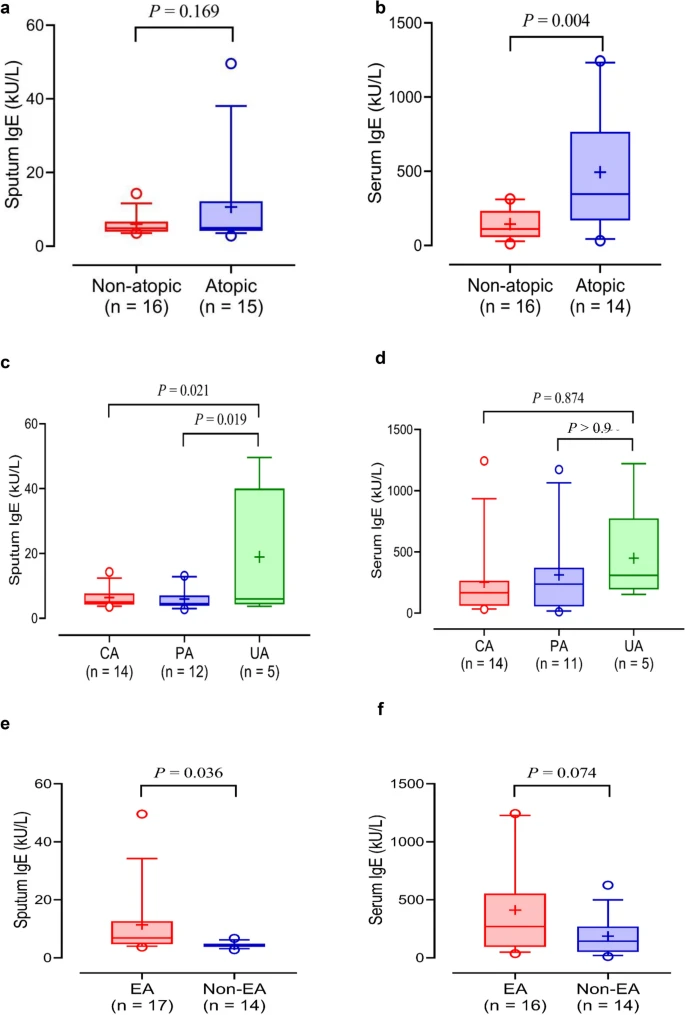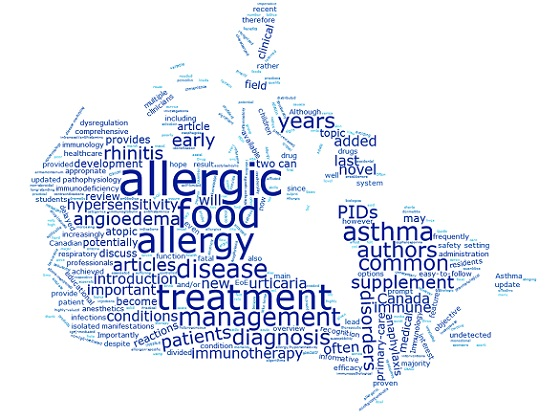Rhyou, HI., Cao, T.B.T., Quoc, Q.L. et al. Allergy Asthma Clin Immunol 21, 29 (2025). https://doi.org/10.1186/s13223-025-00976-1
Abstract
 |
| Comparison of sputum and serum total IgE levels according to atopic status, asthma control status, and phenotype of asthma. |

No comments:
Post a Comment